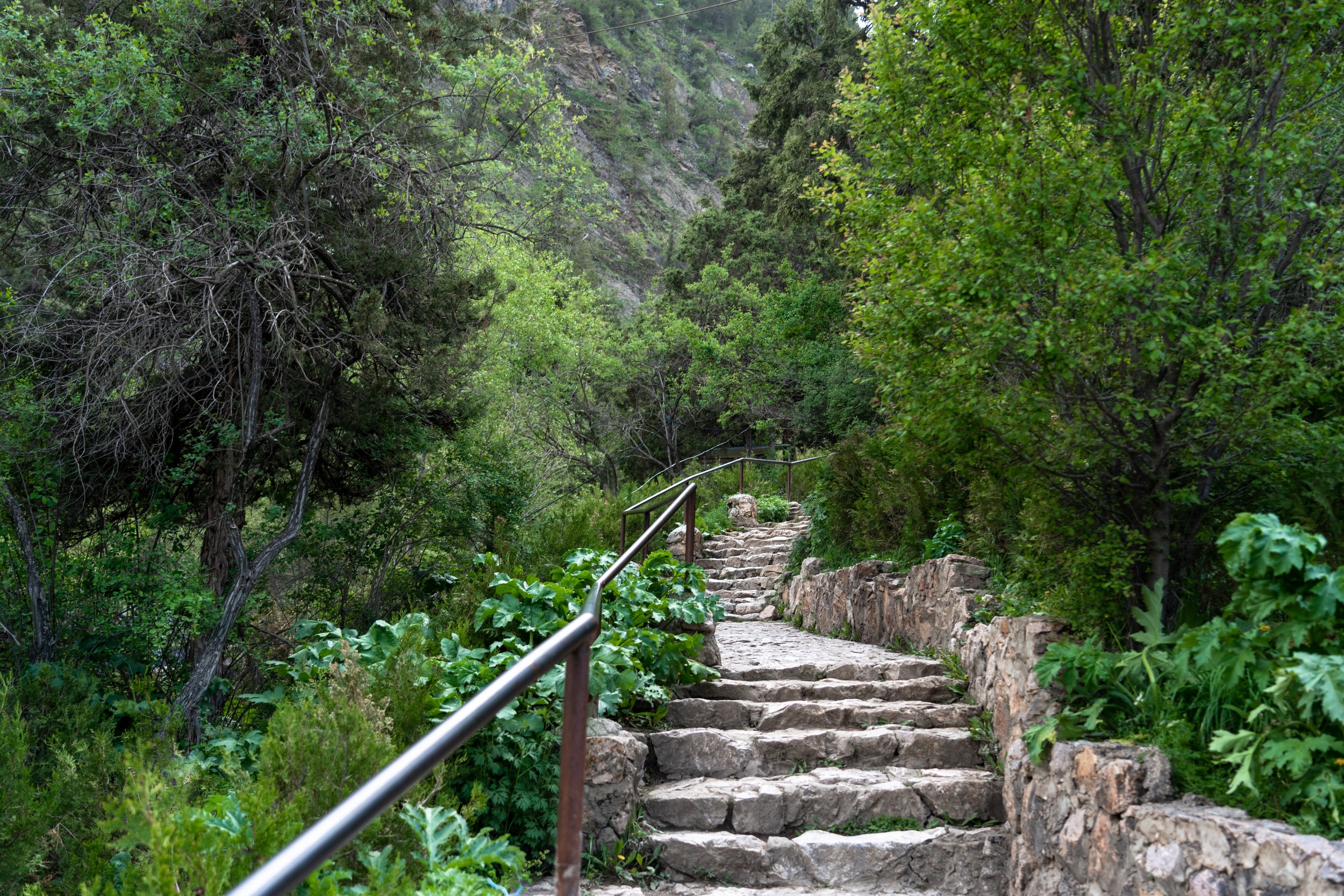Switzerland of Uzbekistan
Stunning landscapes and clean mountain air, a variety of fauna and flora, ancient pilgrimage sites and a unique national health resort. Welcome to Zaamin.
Umida Qodirova shares five reasons why you should definitely visit this ethereal place.
Photos by Jamshid Boyturaev
Nature lovers, this is the place for you. Because Zaamin is a small town situated in the mountainous region of Jizzakh, you won’t find a better place for camping. This is one of the greenest regions of Uzbekistan, making the mountain air incredibly clear. In one breath, you inhale the fragrance of a variety of different flowers and herbs.
Zaamin Natural Park spans a vast area of 268 square kilometres (26,840 ha). It’s a wonderful place to learn about a variety of Uzbek plants and animals, and there are ancient places for pilgrimage as well as health resorts. Don’t miss the 700-year-old hazel tree affectionately known as ‘Boboyongok’. Being so old, it is huge: 20 metres tall and three metres in diameter. There is also the Shar-Shara Waterfall, which according to legend, carries spring water with healing properties. With the help of a guide, the bravest can descend into the depths of ancient silver mines here.
Zaamin Sanatorium is a national health resort located at an altitude of 2000 metres, with the cleanest air, mountain landscapes and coniferous trees. The weather in Zaamin can be much colder than in neighbouring regions, due to the altitude and forests, so pack warm clothes even in summer. With its clear air and abundance of plant life, Zaamin is perfect for year-round health treatments and preventions, as well as for winter recreation, giving rise to its nickname as the ‘Uzbek Switzerland’.
One of the most striking sights of Zaamin Nature Reserve is a set of tall red stones in bizarre shapes and sizes, located in a clearing in Kyzyl-Ataksai. Locals call this miracle of nature ‘kyrkkyz’, which means ‘forty maidens’. Peshagar Cave is located between the mountains of Takali and Kumbel and is surrounded by green shrubs. The underground road leading to the very depths of the gorge seems quite narrow and impassable due to the almost complete absence of sunlight. Due to erosion, unusual sheer walls formed in the cave. The Peshagar Cave became a popular place for tourists after the discovery of ancient artefacts within, such as primitive household items and ancient petroglyphs – rock paintings that convey the life of an ancient person, hunting scenes and so on.
The food across Jizzakh is delicious. The main dish of the region is a local style of samsa (‘Jizzakh samsa’), beloved among locals. Among Uzbek samsa, Jizzakh samsa are known for being the largest variety, but are similar to others in that they are cooked in a tandoor. It’s a must-try when you’re in the region. Another local dish that has become popular all over Uzbekistan is ‘jizz’ – boiled lamb that is fried in its own grease.





